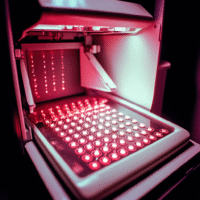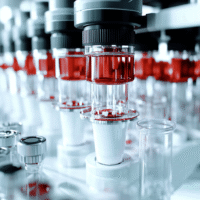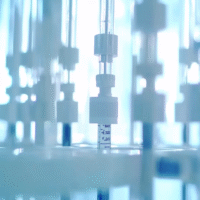Understanding the Study Results
This study looked at how melatonin can help patients on peritoneal dialysis (PD) by reducing certain health risks. Here’s what we found:
What Worked?
- Melatonin Reduced Harmful Substances: Patients who took 5 mg of melatonin each night for 10 weeks showed lower levels of malondialdehyde (MDA), high-sensitivity C-reactive protein (hs-CRP), soluble intercellular adhesion molecule type 1 (sICAM-1), and pentosidine. These substances are linked to heart disease.
What Didn’t Work?
- No Change in Some Areas: Levels of carboxymethyl lysine (CML) and glucose did not show significant changes in either group.
How Does This Help Patients and Clinics?
These findings suggest that melatonin may be a simple way to help reduce heart disease risks in patients undergoing PD. This can lead to better overall health outcomes for these patients.
Real-World Opportunities
- Doctors can consider recommending melatonin as a part of treatment for PD patients to help lower cardiovascular risks.
- Hospitals can start including melatonin in their treatment plans for patients on dialysis.
Measurable Outcomes to Track
- Monitor levels of MDA, hs-CRP, sICAM-1, and pentosidine in patients.
- Keep track of patients’ overall cardiovascular health and any changes in their condition.
AI Tools to Consider
- AI can help track patient health data and predict risks based on changes in these biomarkers.
- AI tools can assist in managing treatment plans and monitoring patient responses to melatonin.
Step-by-Step Plan for Clinics
- Start Small: Begin by discussing melatonin with a few PD patients and monitor their progress.
- Track Results: Measure the key substances mentioned earlier before and after treatment.
- Evaluate: Assess how patients respond to melatonin over time.
- Expand: If results are positive, consider incorporating melatonin into more patients’ treatment plans.
For more detailed information about this study, you can visit the research link here.





























